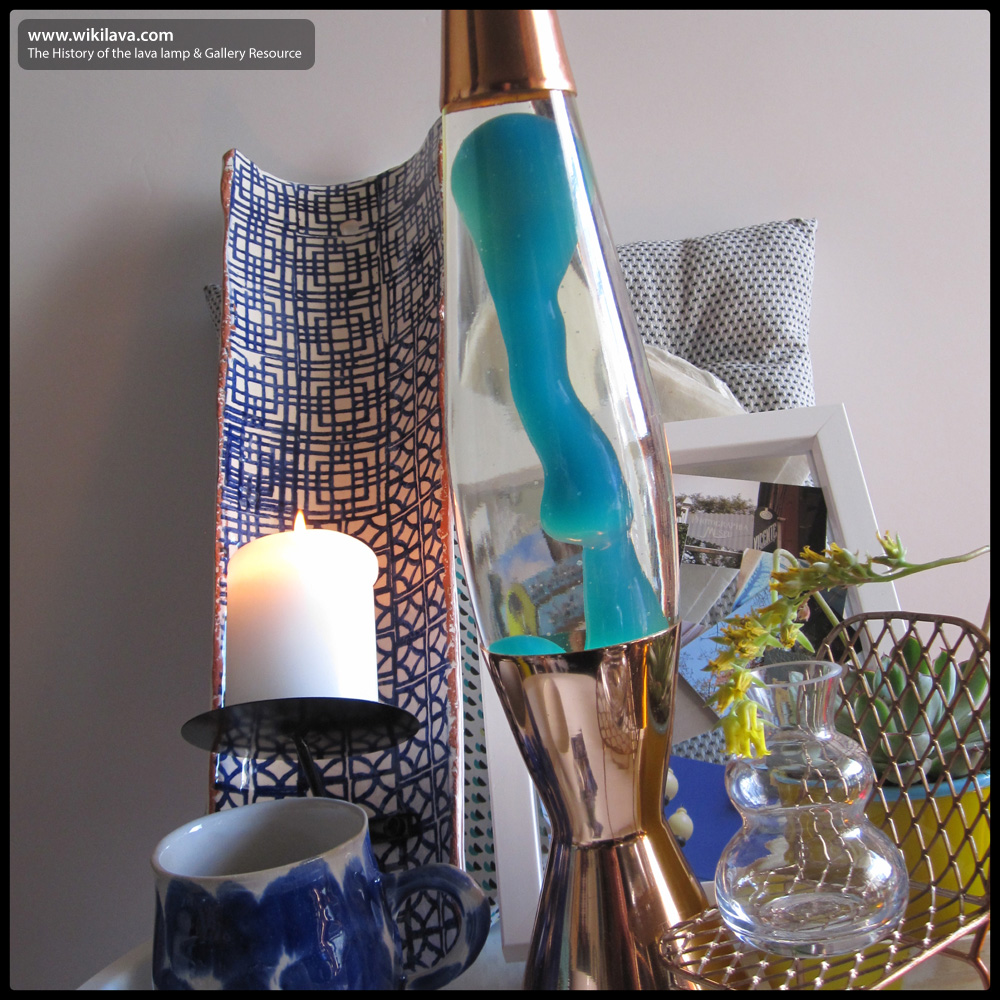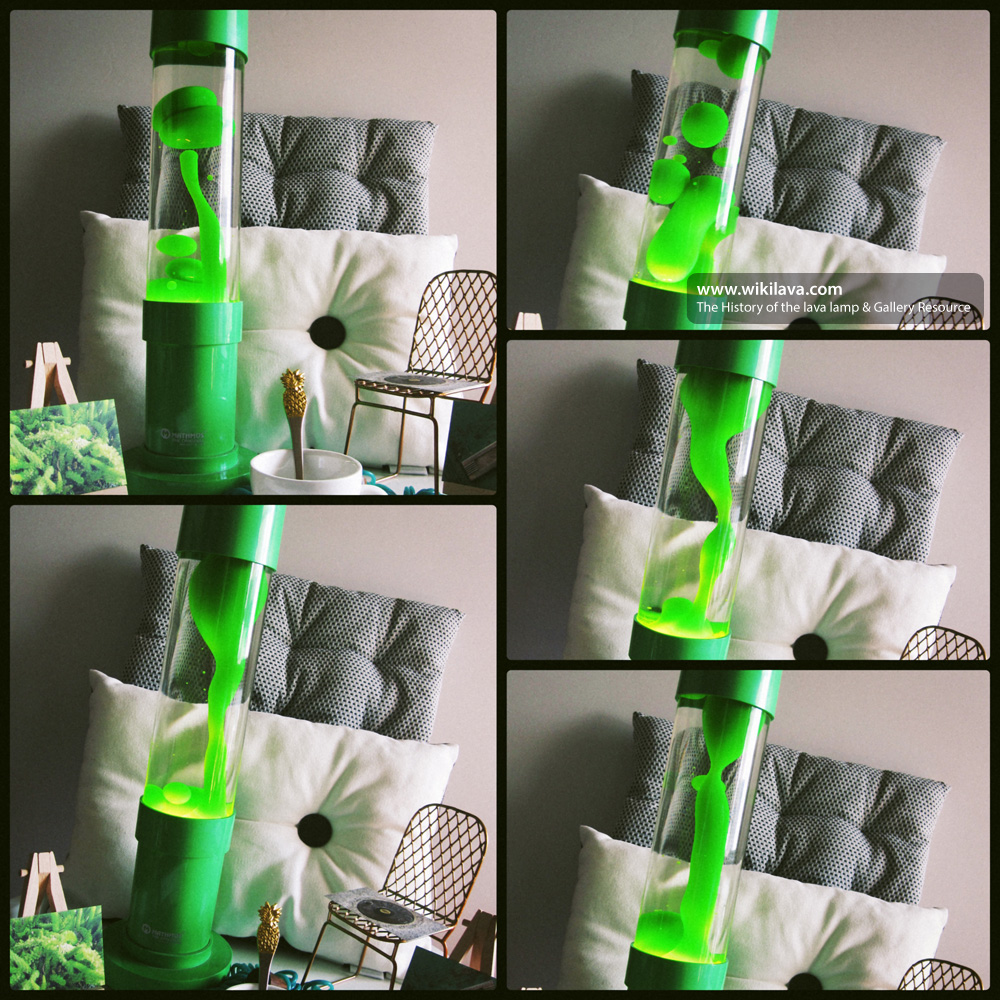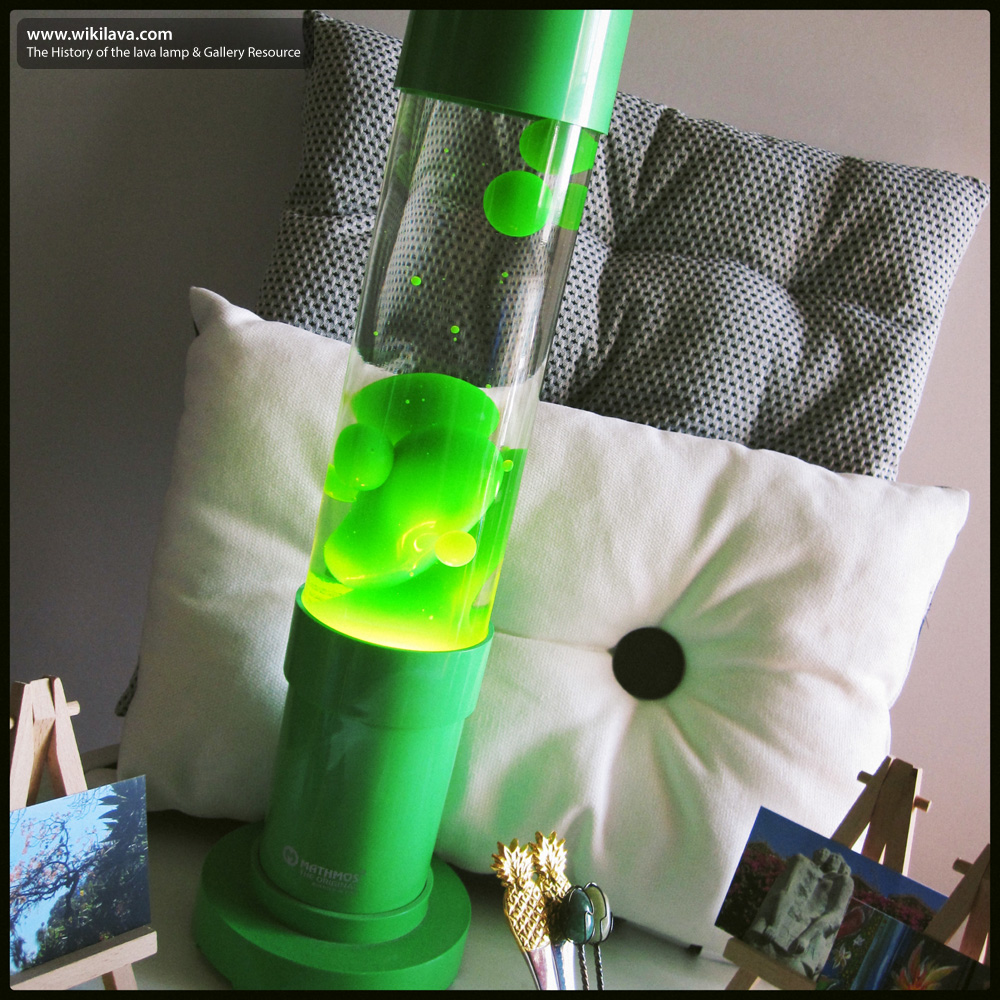
www.wikilava.com | The History of the lava lamp and Associated Eclectic Galleries of British lava lamp designs ... Welcome to www.wikilava.com, a website dedicated to the history of the lava lamp, invented in 1963. Since 1963, the Great British lava lamp has been flowing and this site serves a mini historical timeline to the history of the lava lamp, with reference to key models and furthermore a whimsical and eclectic gallery of models throughout the years. www.wikilava.com would like to thank Mathmos for allowing us to feature the history of the lava lamp, www.mathmos.com, is the company who still creates the original Great British lava lamp and other ambient lighting designs. We would also like to especially thank Christine Baehr for donating both Crestworth's historical information and beautiful vintage brochures to the www.wikilava.com, archive. www.wikilava.com would like to also thank: Bohdan & Patti Rudy, Tim Reynolds, Planet 72 Auctions, George Roussos (Crestworth Galaxy images), Richard Groves and everyone who has donated images and information. The story of the lava lamp always begins with the Crestworth Astro lava lamp. The Original Astro lamp is favoured for its charm, perfect anywhere. The Astro was designed to suit any mood, any decor - in the home, office or public place. The vintage 1960s and 1970s Astro lamp is instantly recognisable with its gleaming copper anodic finish, and its iconic form is the default iconic shape of the lava lamp. In light or silhouette, the Astro lamp is as iconic as the Coca-Cola bottle, and is a design classic in its own right. When switched off, the Astro lamp falls asleep, but comes alive as a theatre of "rising - dancing - twisting - hypnotic - mesmerising - fluidity", presenting an ever-changing light that is an interchange of light, chaos and design. The Astro lamp was also a breakthrough product, the world's first lava lamp that was created by Edward Craven Walker. Following the Astro, another notable design was Astro Mini, which features simple, elegant lines that are simply timeless. Astro Mini was described in a vintage Crestworth catalogue as "So graceful! - ideal for use in pairs. Smart copper anodic finish to metal parts. Colours to choice" For the more traditional, Astro Lantern held "all the fascination of the old hurricane lamps - the comfort of a ship's light in a storm". The Astro Lantern utilises the very same Astro bottle but was offered in Port and Starboard colour combinations. Astro Nordic by Crestworth was described as "Distinctively Scandinavian", and features vertical lines with a tubular bottle. Crestworth would introduce a myriad of Nordic designs with even a ceramic design as a different finish to the spun metal design. One of our favourite Nordic designs is often referred to as Cosmos in European literature and features the base simply elevated on a flute-stem design that is both stunning and elegant, and reminiscent of a champagne glass. Other Nordic designs feature the entire lamp suspended on a cone for a stunning effect and suitable for contemporary decor. The later Nordic de luxe design would continue in the 1990s to be known as the Jet and be highly popular as Mathmos' entry-level 1990s design. Not stopping with the motion of the Astro liquids, Crestworth went on to create Glitterlite and Living Jewel, two glitter formulations. Glitterlite presents small glitter flakes shimmering slowly in colourful liquids. Living Jewel presents fast moving glitter in liquid and created a truly unique shimmering effect. Other designs by Crestworth include the Cannon Timer (a liquid timer design), Twiggy (a very clever functional light with variable geometry and sometimes fluffy flocked colourful lampshades), Crestworth Aromalite and the Crestworth Traction lamp. Fibre optics also are also an important part of Crestworth's history and design story. Designs such as the Galaxy with its patented enclosure, protect the glass optics from hands and provide a darkened enclosure for the lamp's design. Phantomlite by Crestworth was also another popular design featuring a supplementary base to turn into a Super Phantom lamp. The 1990s would see a massive revival in interest in the lava lamp, two young entrepreneurs Cressida Granger and David Mulley would acquire the rights to manufacturing the original lava lamps and introduced the lamps to a new decade. The copper finish of the past would be retired with an emphasis on aluminium. New designs such as: Lunar (1991) and Telstar (1993) would be launched and share a fascination with sci-fi design. New colour combinations were added to the lineup. The Nordic design of the past would become the Jet offered in a glossy black finish and later in a bright colourful series. The late 1990s would see the lava lamp's popularity intensify and saw Mathmos introduce new products such as Space Projector. In 2000, Mathmos developed a new category of ambient and kinetic lights powered by LEDs, starting with bubble. Mathmos also introduced two new lava ideas in the early 2000s, with Fluidium in 2000 and Jetstream in 2002. 2009 would see a white Astro Baby design launched alongside the introduction of mini candle powered lava lamp designs named Fireflow. The next year would see the launch of Smart Astro and Mathmos Monster. Celebrating its 50th Birthday in 2013, a heritage line of lava lamps were created. Interest in the Great British lava lamp remains strong today. We love www.mathmos.com Thank you for visiting www.wikilava.com | The History of the lava lamp ... Email us at: astrohistory@gmail.com |









